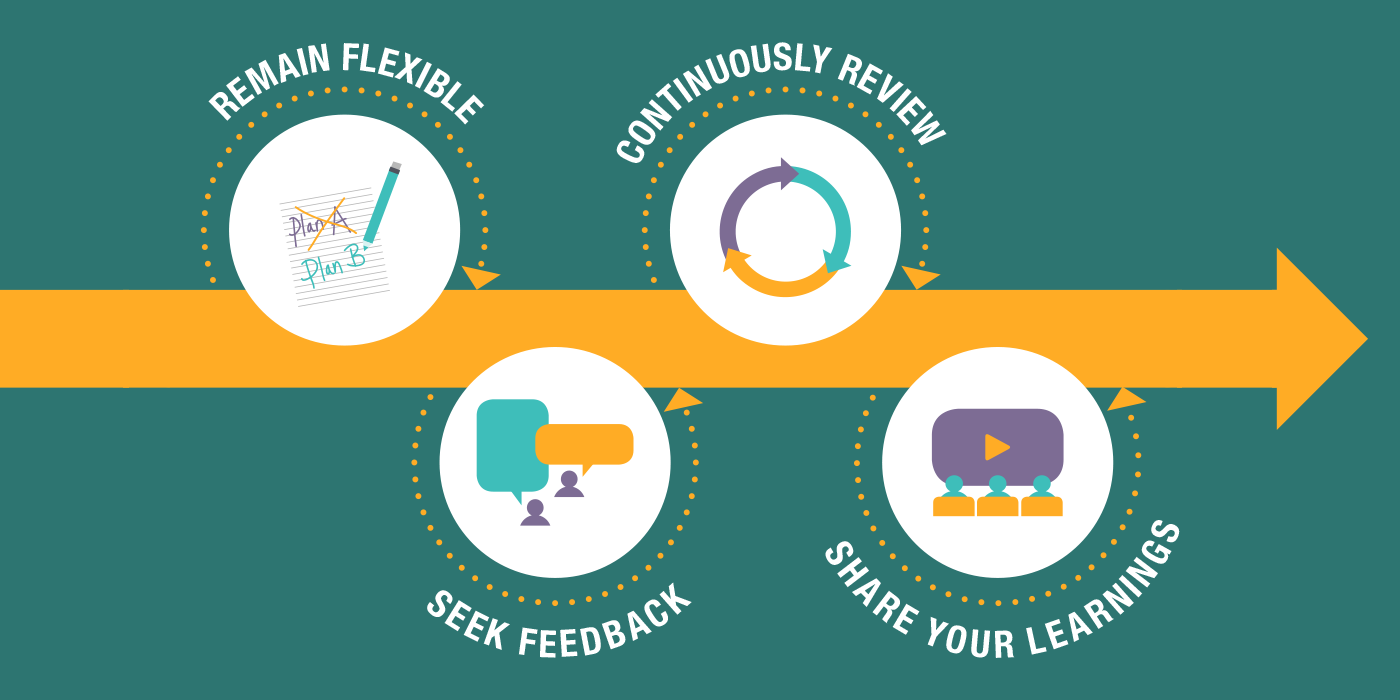
Monitoring and evaluating programs
How to effectively implement monitoring and evaluation in carbon financing projects
How to Effectively Implement Monitoring and Evaluation in Carbon Financing Projects
Monitoring and evaluation (M&E) is an essential part of any carbon financing project. By implementing effective M&E processes, organizations can measure, track, and report on the progress of their projects and make sure that they are meeting their objectives. This article will explore the importance of M&E in carbon financing projects, the different types of M&E, and how to effectively implement monitoring and evaluation in carbon financing projects. The Importance of Monitoring and Evaluation in Carbon Financing Projects Monitoring and evaluation are essential for any carbon financing project. By implementing effective M&E processes, organizations can measure, track, and report on the progress of their projects and make sure that they are meeting their objectives. M&E also helps organizations identify any issues that may arise during the project, such as cost overruns, delays, or any other unforeseen problems. This allows organizations to take corrective action to ensure the success of the project.In addition, M&E helps organizations ensure that their projects are having the desired impact on the environment. By monitoring and evaluating the project’s progress, organizations can ensure that their projects are having the desired effect on reducing emissions and helping to prevent climate change.
Types of Monitoring and Evaluation
When it comes to monitoring and evaluation, there are two main types: process and outcome evaluation. Process evaluation focuses on the implementation of the project and looks at how well the project is being managed. Outcome evaluation looks at the results of the project and examines whether it has achieved its objectives.Process evaluation involves collecting data on the project’s progress and analyzing it to determine whether the project is on track. This data can include things like the amount of carbon emissions reduced, the cost of the project, and the amount of time it has taken to complete the project.Outcome evaluation looks at the results of the project and examines whether it has achieved its objectives. This includes looking at the long-term impacts of the project, such as the reduction in emissions, the cost savings, and the overall environmental benefits.
How to Effectively Implement Monitoring and Evaluation in Carbon Financing Projects
When it comes to implementing monitoring and evaluation in carbon financing projects, there are several steps that organizations should take. The first step is to create a monitoring and evaluation plan. This plan should include the objectives of the project, the data that needs to be collected, and the methods that will be used to collect and analyze the data. The plan should also include a timeline for when the data should be collected and analyzed.The second step is to collect the data. This can be done through surveys, interviews, or other methods. It is important to ensure that the data is accurate and up-to-date.Once the data has been collected, it should be analyzed to determine whether the project is on track and whether it is meeting its objectives. This analysis should be done regularly to ensure that the project is progressing as planned.The final step is to report the results of the analysis. This should include the findings from the analysis, as well as any recommendations for improving the project.
Conclusion
Monitoring and evaluation are essential for any carbon financing project. By implementing effective M&E processes, organizations can measure, track, and report on the progress of their projects and make sure that they are meeting their objectives. There are two main types of M&E: process evaluation and outcome evaluation. Organizations should create a monitoring and evaluation plan, collect data, analyze the data, and report the results. By following these steps, organizations can ensure that their carbon financing projects are successful.

62 Comments